
South Korea Enacts 2026 Tax Reform for QDMTT Implementation
On December 23, 2025, Korea enacted Law number 21215 to implement the 2026 Tax Reform. This includes a QDMTT from January 1, 2026.
The December 2022 Safe Harbour and Penalty Relief Guidance provided for a Simplified Calculations Safe Harbour. The aim being to reduce or simplify the number of computations and adjustments an MNE is required to make under the GloBE Rules.
The only simplified calculations that have currently been developed by the OECD are the Non-Material Constituent Entity (NMCE) Simplified Calculations.
A number of jurisdictions already include the Simplified Calculations Safe Harbour in their GloBE legislation (see our Pillar Two GloBE Guides), including:
– Austria
– Bulgaria
– Germany
– Ireland
– Luxembourg
– Romania
– UK
The December 2023 OECD Administrative Guidance provides further information on the NMCE Simplified Calculations (for the Simplified Calculations Safe Harbour).
NMCEs are constituent entities of an MNE Group that are not consolidated on a line-by-line basis in the MNE Group’s audited consolidated financial statements solely for size or materiality grounds. It also includes any permanent establishments of these entities (providing the Main Entity is itself an NMCE.)
It should be noted that an entity will only be considered a NMCE if an external auditor has agreed that the entity does not meet the materiality standards and has been excluded from the consolidation process on those grounds.
Where an entity’s revenue exceeds EUR 50 million, the entity will only be an NMCE if its financial accounts are prepared in accordance with an Acceptable Financial Accounting Standard or an Authorised Financial Accounting Standard.
Given the significant practical difficulties MNEs may have in obtaining accurate reporting figures for NMCEs (as they aren’t included in the consolidated accounts), NMCEs can benefit from the following simplifications:
– The GloBE revenue and GloBE income of an NMCE is the total revenue of the NMCE as determined in accordance with the relevant CbC regulations.
– The adjusted covered tax of a NMCE is the income tax accrued as determined in accordance with the relevant CbC regulations (note that this excludes any deferred tax expenses, adjustments for non-current items and provisions for uncertain tax liabilities).
Relevant CbC Regulations are the Country-by-Country Reporting Regulations of the UPE Jurisdiction or of the surrogate parent entity jurisdiction if a Country-by-Country Report is not filed in the UPE Jurisdiction.
If the UPE jurisdiction does not have CbC requirements and an MNE Group is not required to file a CbC Report in any jurisdiction, Relevant CbC
Regulations are the OECD BEPS Action 13 Final Report and the OECD Guidance on the Implementation of Country-by-Country Reporting.
These simplified figures are then used for three tests under the Simplified Calculations Safe Harbour.

On December 23, 2025, Korea enacted Law number 21215 to implement the 2026 Tax Reform. This includes a QDMTT from January 1, 2026.
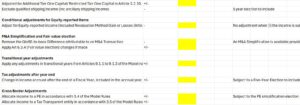
On January 5, 2026, the OECD Released Guidance on amendments to the Pillar 2 rules for the Side-by-Side Tax Package. This includes a new Simplified ETR Safe Harbour from December 31, 2026 (December 31, 2025 in certain cases). We provide an excel overview of the key elements of the Safe Harbour calculation.

On January 5, 2026, the OECD Released Guidance on amendments to the Pillar 2 rules for the Side-by-Side Tax Package. This includes a new Substance-based Tax Incentive Safe Harbour. This online tool shows how the new safe harbour operates.
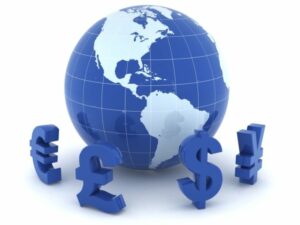
On January 5, 2026, the OECD Released Guidance on amendments to the Pillar 2 rules for the Side-by-Side Tax Package. This article looks at a number of the new elections that arise from this.

On January 5, 2026, the OECD Released Guidance on amendments to the Pillar 2 rules for the Side-by-Side Tax Package.
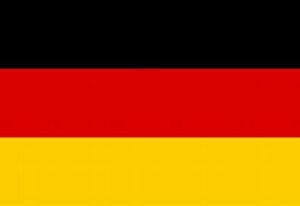
On December 23, 2025, Germany enacted a law to amend the Minimum Tax Act. This follows the two previous discussion drafts and now includes the January 2025 OECD Administrative Guidance and DAC9 amendments.
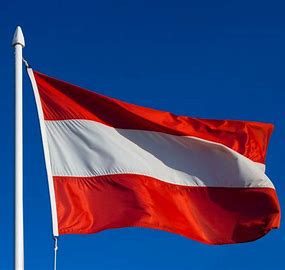
On December 23, 2025, Austria published the Tax Amendment Act 2025 in its Official Gazette. This includes amendments to aspects of the December 2023, June 2024 and January 2025 OECD Administrative Guidance, as well as DAC 9 implementation.
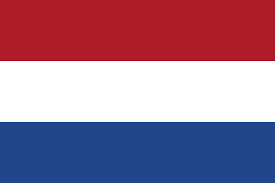
Part III of the Dutch Year-End Decree 2025 (published in the Official Gazette on December 23, 2025) amends the Minimum Tax Executive Decree 2024 for aspects of the December 2023, June 2024, and January 2025 OECD Administrative Guidance.

On December 30, 2025, IRAS issued further details on the Pillar 2 registration process. The registration portal is to be open from May 2026, however, a draft registration form and explanatory notes have been issued.
| Cookie | Duration | Description |
|---|---|---|
| cookielawinfo-checkbox-analytics | 11 months | This cookie is set by GDPR Cookie Consent plugin. The cookie is used to store the user consent for the cookies in the category "Analytics". |
| cookielawinfo-checkbox-functional | 11 months | The cookie is set by GDPR cookie consent to record the user consent for the cookies in the category "Functional". |
| cookielawinfo-checkbox-necessary | 11 months | This cookie is set by GDPR Cookie Consent plugin. The cookies is used to store the user consent for the cookies in the category "Necessary". |
| cookielawinfo-checkbox-others | 11 months | This cookie is set by GDPR Cookie Consent plugin. The cookie is used to store the user consent for the cookies in the category "Other. |
| cookielawinfo-checkbox-performance | 11 months | This cookie is set by GDPR Cookie Consent plugin. The cookie is used to store the user consent for the cookies in the category "Performance". |
| viewed_cookie_policy | 11 months | The cookie is set by the GDPR Cookie Consent plugin and is used to store whether or not user has consented to the use of cookies. It does not store any personal data. |